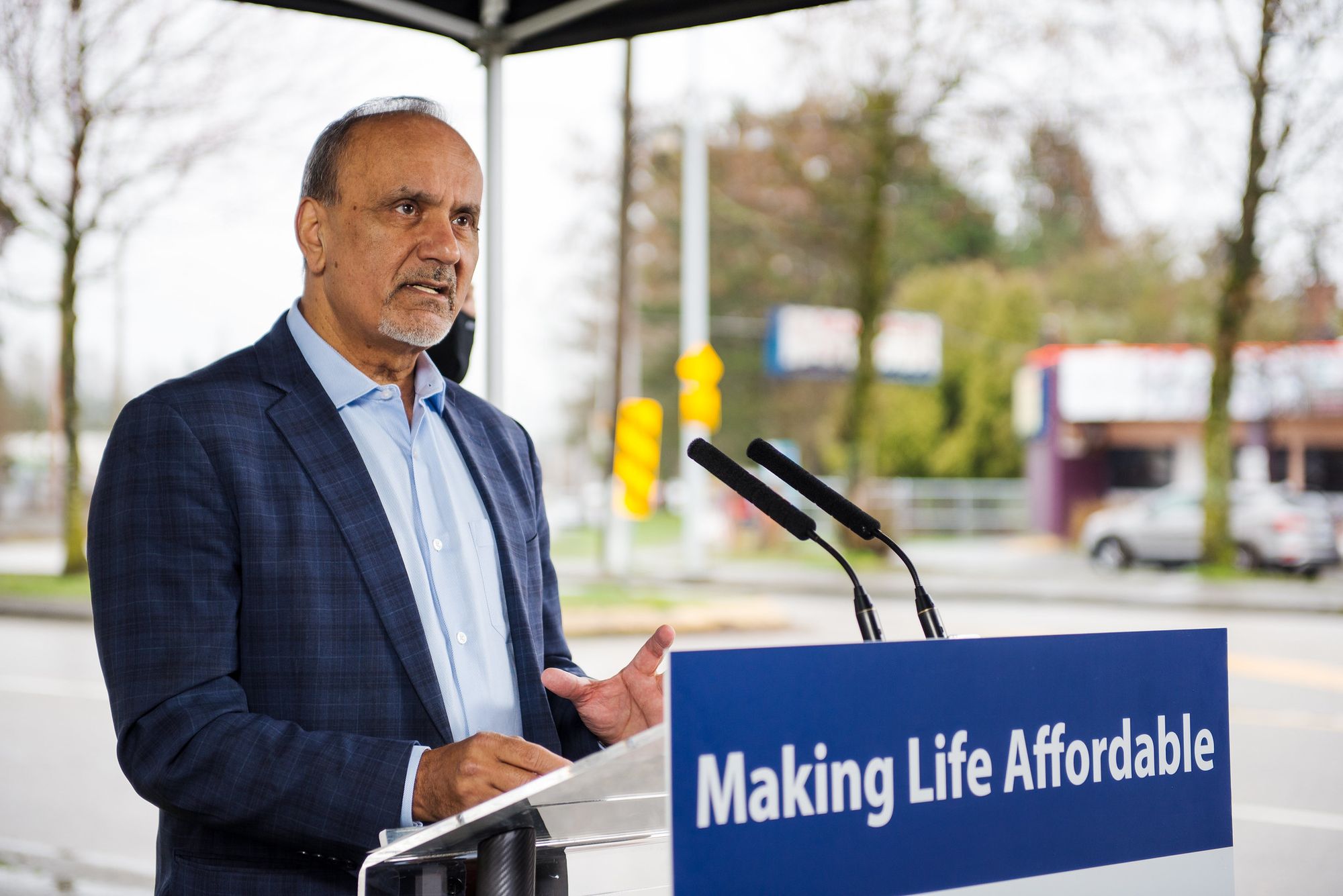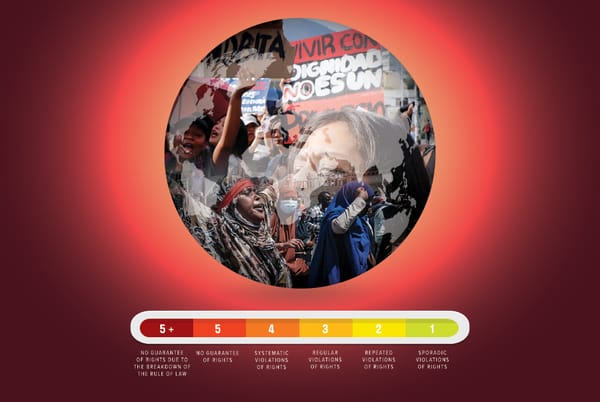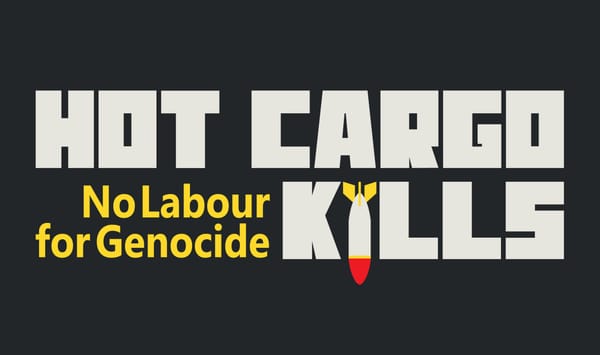
Last Thursday, British Columbia increased the provincial minimum wage from $15.65 to $16.75 per hour. Though far from adequate, the B.C. New Democratic Party (NDP) government’s mandated pay increase will help protect the lowest-paid workers in the province from the effects of last year’s historically high inflation.
The hourly wage bump reflects the 6.9 per cent rate of inflation in the province in 2022. The minimum wage in B.C. is indexed to inflation and adjusted annually based on the previous year’s Consumer Price Index, as it is in all jurisdictions in Canada, except Alberta and Nunavut.
According to B.C. Minister of Labour Harry Bains, “Having a minimum wage that keeps up with inflation is a key step to prevent the lowest paid workers from falling behind. [...] These workers and their families feel the impacts of high costs much more than anyone else. We are maintaining our policy of tying the minimum wage to inflation.”
Minimum wage increases are part of a larger package of labour reforms undertaken by the B.C. NDP. These have included bringing back card-check unionization, improving workplace safety and workers’ compensation payments, introducing five paid sick days, and strengthening employment standards enforcement. Though some of these changes have been limited in scope and took much too long to implement, as a whole they represent a positive contrast with the retrenchment and undermining of workers’ rights witnessed in most other provinces of late.
Roughly 150,000 workers in B.C. currently earn less than $16.75 per hour, as the government notes. A raise of $1.10, though admittedly quite modest, is nevertheless important, particularly when we consider that increases to the minimum wage tend to put upward pressure on wages just above the minimum. Under the NDP, B.C. has gone from having one of the lowest minimum wages in the country to having the highest outside of Yukon.
Despite plenty of notice that the minimum wage increase was coming, and a transparent formula for how the latter would be calculated, business groups are predictably using the moment to cry hard times in the media. Employers in the food and hospitality sector would like to see a return to tipped workers earning lower wages, as well as a smaller overall minimum wage increase this year. The cost-of-living consequences of inflation should be borne by the lowest paid workers, according to this logic.
When the government announced the rate of the minimum wage increase for 2023 back in April, the BC Chamber of Commerce referred to this as “the wrong choice, at the wrong time.” The Chamber wasn’t clear at what point they’d consider it the ‘right time’ to raise the minimum wage. In fact, I can’t recall a single instance when a chapter of that group thought a minimum wage increase was necessary.
Meanwhile, the Canadian Federation of Independent Business (CFIB) B.C. complained on Twitter about a lack of “cost relief measures” from the government, which is rich after the federal government showered businesses with billions in federal rent and “payroll” subsidies over the course of the pandemic. In response to the B.C. minimum wage increase, the organization claims that businesses don’t “have the capacity to absorb more costs.” It apparently hasn’t occurred to the CFIB BC that a business that can’t afford to pay a decent wage probably shouldn’t be in operation.
Reading responses from the business community, one can get the impression that the wage hike is more radical than it actually is. As critics such as Living Wage for Families point out, even with this increase, the minimum wage in the province is not a living wage. According to the group, a worker in metro Vancouver needed to make $24.08 per hour to earn a living wage in 2022. In Victoria, the 2022 living wage was even higher: $24.29 per hour.
Importantly, Living Wage for Families takes the rising cost of essentials, such as food and housing, into account when coming to its wage figures. For example, they estimate that the wage required to meet the living wage threshold in Kelowna, Victoria and Vancouver increased by 23.7, 18.7, and 17.3 per cent, respectively, between 2021 and 2022. The working poor and those earning low wages tend to spend a much larger share of their incomes on shelter and food — two areas where prices have increased faster than general inflation this past year. The issue of housing unaffordability especially requires focused government intervention. Wage increases on their own can’t begin to address the housing crisis.
Even relative to the Organisation for Economic Co-operation and Development’s (OECD) more modest definition of “low pay,” B.C.’s minimum wage increase looks lacklustre. The OECD defines “low pay” as earning less than two-thirds of the median wage. According to Employment and Social Development Canada, the median hourly wage in B.C. as of May 31 was $27.50 per hour. Accordingly, a wage below $18.33 per hour in B.C. is “low pay” by the OECD’s standard. In other words, minimum wage workers in B.C. will still be earning “low pay” after Thursday’s raise and would require another $1.58 per hour to earn above the OECD low pay threshold.
Canada overall does quite poorly on measures of low pay. In 2021, nearly one-fifth of Canadian workers earned low pay, according to the OECD. Canada was 10th worst on the measure, well above the 13.6 per cent average across all of the OECD’s 38 member countries. For contrast, just 1.6 per cent of workers in New Zealand earned low pay in 2021.
It should also be kept in mind that minimum wage coverage remains uneven in Canada and B.C. due to various legislative exemptions and special rules. Those working without employment status, such as bogusly misclassified “independent contractors” in the gig economy, can be legally paid below the minimum wage. As numerous studies across jurisdictions show, many gig workers earn well below the minimum wage, when the time they spend at work between tasks is factored in.
This type of misclassification is hardly confined to digital platforms such as Uber and Lyft, however. So-called independent contracting persists in many industries and may even be spreading into other sectors, partly because of the influence of the platform giants. Unless governments crack down on misclassifications and put the onus on employers to prove their workers aren’t employees, exploitation will persist and platform workers will continue to lack minimum wage and other employment protections.
Farmworkers are another group excluded from the limited benefits of minimum wage protection. Agricultural workers who “hand harvest” any of 15 specific crops in B.C. will have to wait until Jan. 1, 2024, before their pay increases. These highly exploited migrant and recent immigrant workers perform work essential to the food production system of B.C., and Canada more broadly. Yet farmworkers in B.C. are paid on a piece rate basis and excluded from hourly minimum wage protections. As Anelyse Weiler and David Fairey argue, “Piece rate wages are archaic and the special minimum wage legislation for hand harvesters has been racist and discriminatory since it was first introduced in 1981.” Farmworkers in the province are also excluded from hours of work rules and don’t receive overtime pay or paid holidays.
Undoubtedly, the B.C. government’s minimum wage increase is good news. But even with the highest provincial minimum wage in the country, many B.C. workers will continue to earn low pay and struggle to make ends meet.
Ultimately, what’s needed is a greater share of workers covered by union collective agreements. With union membership, workers have the democratic right to bargain collectively over their pay and benefits. Part of the path to getting there, however, requires unions, and the labour movement more broadly, to act on behalf of all workers, not just their current members. Whether in the form of public policy advocacy or support for worker-led activism, unions must think of workers, whether current union members or not, as a class.
In other words, building an economy where no one works for low pay is a class struggle.







